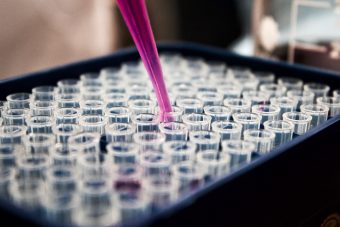The EEA briefing ‘Emerging chemical risks in Europe — PFAS’ presents an overview of the known and potential risks to human health and the environment in Europe posed by per- and polyfluorinated alkyl substances (PFAS). These extremely persistent and man-made chemicals are used in a variety of consumer products and industrial applications because of their unique properties, for example, to increase oil and water repellence, reduce surface tension, or resist high temperatures and chemicals. Currently more than 4 700 different PFAS exist, which, due to their extreme persistence, accumulate in people and the environment.

Although there is a lack of systematic mapping and monitoring of potentially polluted sites in Europe, national monitoring activities have detected PFAS in the environment across Europe, and the production and use of PFAS have also resulted in the contamination of drinking water supplies in several European countries. Human biomonitoring has also detected a range of PFAS in the blood of European citizens.
The EEA briefing warns that, due to the large number of PFAS, it is a difficult and time-consuming task to assess and manage risks for these substances individually, which may lead to widespread and irreversible pollution. The costs to society due to harm to human health and remediation in Europe have been estimated to be tens of billions of EUR annually. People are mainly exposed to PFAS through drinking water, food and food packaging, dust, creams and cosmetics, PFAS-coated textiles or other consumer products. Taking precautionary actions to limit non-essential uses and promoting the use of chemicals that are ‘safe-and-circular-by-design’ could help limit future pollution, the briefing notes.
The European Commission published its communication on the European Green Deal, which includes a zero pollution ambition for a toxic-free environment. The Commission’s communication foresees a chemicals strategy for sustainability that “will both help to protect citizens and the environment better against hazardous chemicals and encourage innovation for the development of safe and sustainable alternatives.” The communication also states that “the regulatory framework will need to rapidly reflect scientific evidence on the risk posed by endocrine disruptors, hazardous chemicals in products including imports, combination effects of different chemicals and very persistent chemicals.”
Source: EEA





